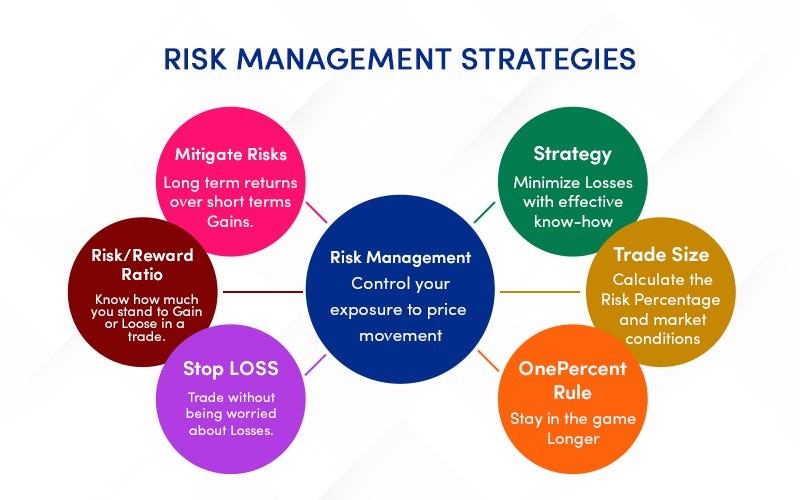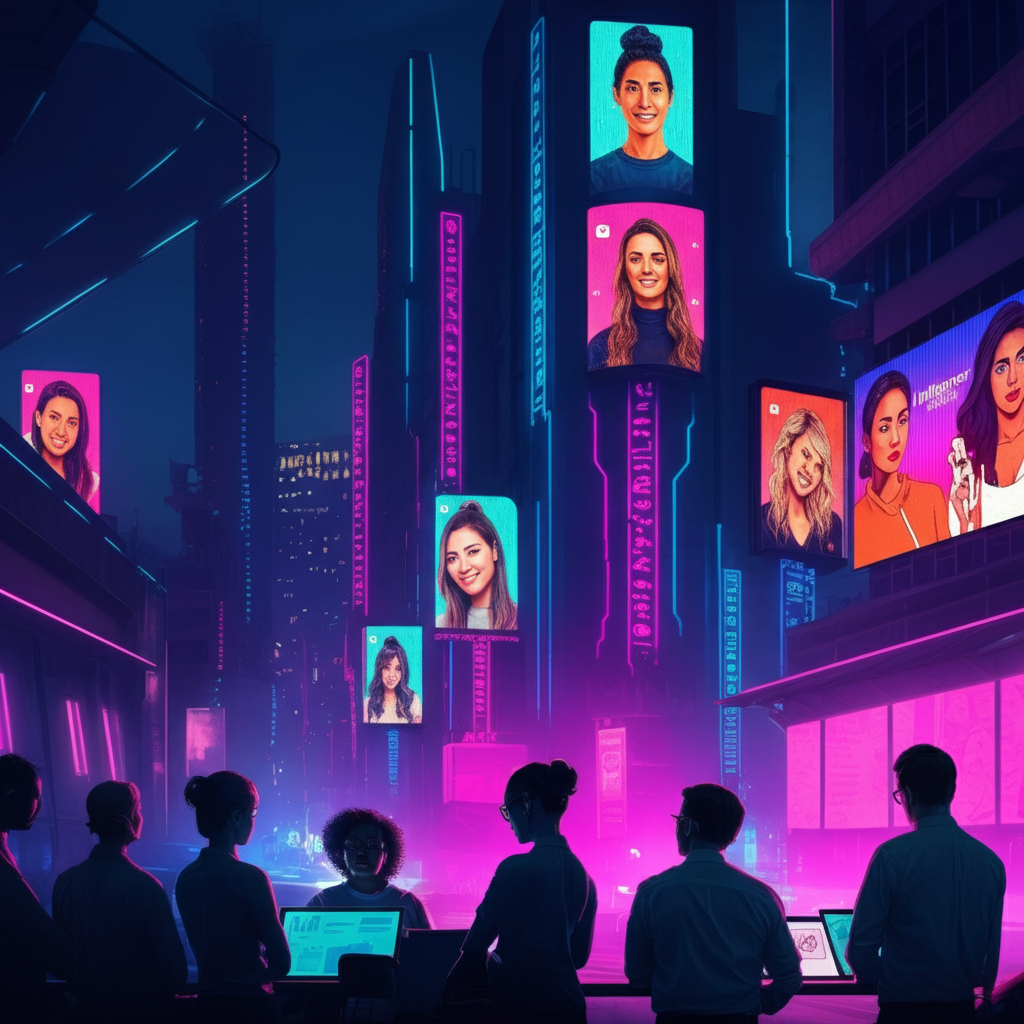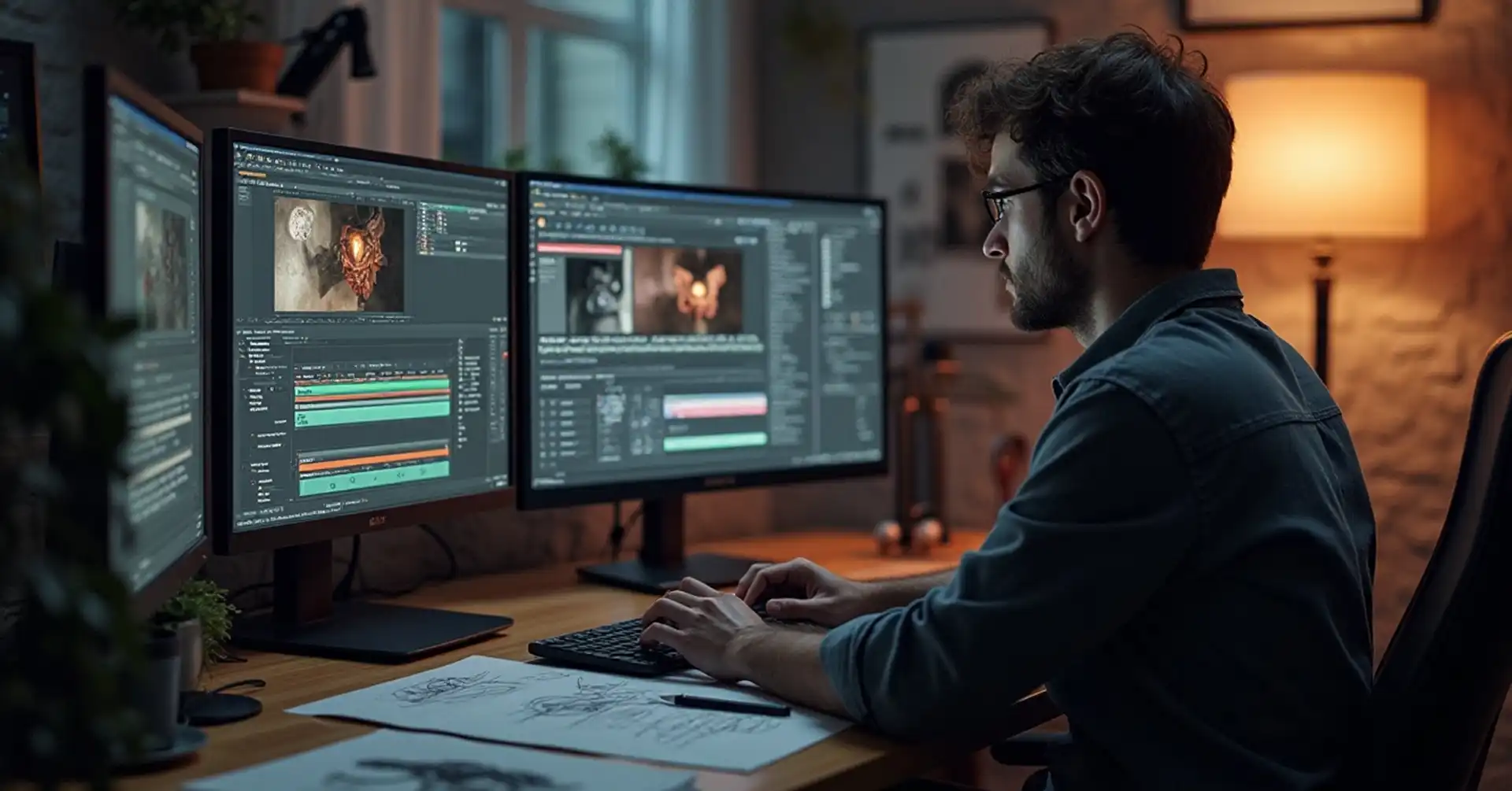Marketing to influencers has clearly been the hottest trend right now in digital land! Yet, as swift as its inception is the provocation it brought about, sites like InfluencersGoneWild (IGW) have already been causing upheavals. What does that do to brand owners and advertisers? How would they have to change?
This article explores the InfluencersGoneWild trend, the likely impact it has on digital marketing strategies, and what brands need to learn how to ride this wave responsibly. Expect to uncover case studies, mitigation strategies, and vision into the future of influencer advertising. Let’s get started!
The Rise of Influencer Marketing
Before we head into InfluencersGoneWild, it’s important to understand why influencer marketing is such a force to be reckoned with in the digital marketing arena. Social proof sells, and influencer marketing relies solely on this. Here’s why it’s so effective:
Authenticity (or at least the illusion of it): 49% of customers use influencer endorsements to guide purchasing decisions.
Reach and engagement: Influencers establish one-on-one personal relationships with certain audiences brands can’t always access separately.
Creative content: Influencers don’t just endorse; they create beautiful, interesting, and relevant content that appeals to their audience.
The results? Companies are investing billions in influencer marketing! The market is projected to hit $22.2 billion globally by 2024.
But where influencer marketing is full of promise, it isn’t risk-free. Amidst the glamour and shine of social media celebrity status, a seedy underbelly has emerged, creating sites such as InfluencersGoneWild.
The Idea Behind InfluencersGoneWild
What is InfluencersGoneWild, anyway?
InfluencersGoneWild, or IGW for short, is a social media site (and, in a debatable sense, platform) where beauty, fashion, or lifestyle influencers test boundaries. Composed of adult or NSFW content created by influencers, IGW shows a raw counterpart to their greatly edited public image.
What’s unique to this is the notion of influencers stepping out of their typical “brand-safe” internet behavior intentionally or unintentionally. It might be explicit content, scandals of personal life, or uncut interactions not intended for public use.
Case Studies Brands Affected by InfluencersGoneWild
1. Brand A’s Campaign Mishap
Imaging a family brand working with an influencer to only have the latter trending on IGW several days before campaign initiation. That is the exact same experience that a mid-size health drink brand experiences when off-line behavior from their influencer partner compromised their healthy image which they were selling. The following was the consequence:
Loss of credibility
Social media backlash
Canceled collaborations and re-vamped approach
2. Luxury Brand B Learns to Screen
A high-end fashion brand was widely criticized when one of the influencers they worked with posted on IGW. Despite their target market being high-income earners, what the influencer did was totally against having an air of refinement and restraint.
These examples highlight the importance of due diligence when vetting influencers and how IGW can have an impact on brand equity.
Impact on Digital Marketing Strategies
The advent of sites like IGW creates new challenges for brands working in the influencer space. Below are some of the key effects that digital marketing experts need to take into account:
1. Reputation Damage Risk
A link with the influencers whose post may not be based on your company values can harm your reputation. What takes years to build can crumble in days.
2. Shift in Audience Perception
Some audiences will see IGW-style authenticity as “real,” while others will view it as a breach of trust or mis-alignment. This is a gap that marketers must carefully navigate.
3. Evolving Guidelines for ‘Brand-Safe Content’
The brands now have to redefine what ‘on-brand’ actually is in the case of influencer partnerships. The boundaries are blurred, and stricter guidelines for collaboration are needed.
Strategies for Brands to Manage the Risks
Don’t panic! Although IGW introduces complexity, brands can still leverage influencer marketing successfully by being proactive. Here’s how to protect your campaigns while gaining benefits from influencer collaborations.

1. Thorough Vetting and Background Checks
Beware of followers and engagement rates! Dig very deep into an influencer’s past behavior, affiliations, and mutual posts to make sure that their reputation reflects your brand.
2. Define Clear Expectations in Contracts
Include a code of conduct clause in contracts. Specify what type of behavior (platform or off-platform) can lead to cancellation.
3. Diversify Influencer Partnerships
Don’t put all your eggs in one basket! Partner with many influencers across various niches to diversify risks in case of a single partnership gone wrong.
4. Be Prepared with a Crisis Communication Plan
Should controversy brew, be ready to act quickly with robust communications to stem any damage. Transparency has a way of healing.
The Future of Influencer Marketing
Will IGW-style platforms wreck influencer marketing in general? Highly unlikely! Instead, this could be the sign of the industry maturing. Here’s what the future of influencer marketing holds:
Micro and nano-influencers will thrive: With smaller, more personal audiences, these influencers deliver credibility and reliability.
Increased control and accountability: Enforce tighter codes of conduct for influencer marketing partnerships.
AI-driven screening algorithms: Brands will rely more on AI to screen and evaluate potential influencer partners.
Ultimately, authenticity will make a comeback—but with responsibility.
FAQs on InfluencersGoneWild
1. What do small businesses need to pay attention to in choosing influencers?
Find influencers with followers who share the same affinity as your target audience. Interview them thoroughly and look at their content history for alignment with your brand values.
2. Is IGW always bad news for brands?
Not necessarily. Although unpopular, certain brands that operate in gritty or youth markets may find worth in playing in daring or quirky influencers. It depends on your clients.
3. How do brands keep tabs on influencers’ online behavior?
Tools like Social Blade or influencer CRM tools monitor influencers’ activity and metrics.
4. Do companies avoid influencer marketing altogether because of IGW?
Absolutely not! Influencer marketing remains very effective when done strategically. The villain is negligent vetting and partnership.
Thriving in the New Era of Influencer Marketing
InfluencersGoneWild may represent the wild fringes of influencer marketing, but it doesn’t have to equal catastrophe for brands. If marketers are vigilant and quick to respond, they can continue to develop very effective campaigns while minimizing risks.
Want to take your digital marketing skills to the next level and stay ahead of the curve with trends like these? Bookmark this post, share it with your team, and start applying these lessons to your strategy!



